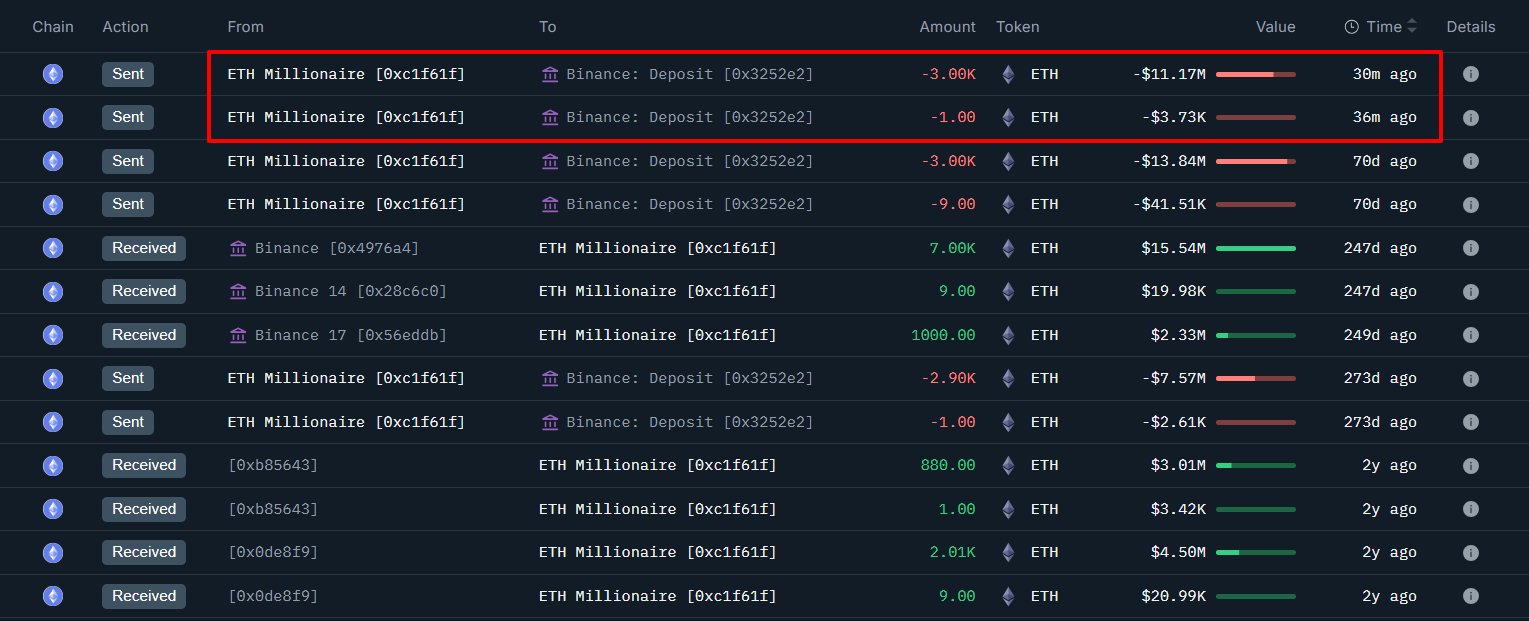Why Vitalik Buterin’s Bold Bet on Fusaka and PeerDAS Could Rewrite the Future of Data Availability — Are You Ready for the Shift?
Ever wondered if blockchain nodes really need to swallow the entire data buffet to stay in the game? Vitalik Buterin, the mastermind behind Ethereum, just flipped that notion on its head with Fusaka’s PeerDAS—a clever tech twist that lets nodes verify only slices of data, sidestepping the usual heavy lifting. This smart move doesn’t just shave off the digital baggage; it could supercharge Ethereum’s scalability, making it leaner and meaner for the future of decentralized apps. But here’s the kicker: how does asking for just a fraction of the data ensure the whole picture’s intact? Let’s dive into this radical approach that’s reshaping the blockchain playbook. LEARN MORE
PeerDAS introduces a new method for verifying data availability, reducing full node requirements and bolstering Ethereum’s scaling efforts.

Photo: Shubham Dhage
Key Takeaways
- Fusaka’s PeerDAS system enhances data availability by having nodes verify only a subset of data chunks.
- PeerDAS is expected to support both Layer 2 and eventual Layer 1 Ethereum scaling as blob capacity increases.
Share this article
Ethereum co-founder Vitalik Buterin today outlined how Fusaka plans to scale data availability through its PeerDAS system, marking a novel approach to blockchain architecture where nodes won’t need to download complete data sets.
The PeerDAS system operates by having each node request a limited number of data chunks to verify that over 50% of chunks are accessible.
“The way PeerDAS works is that each node only asks for a small number of ‘chunks’, as a way of probabilistically verifying that more than 50% of chunks are available,” Buterin explained. “If more than 50% of chunks are available, then the node theoretically can download those chunks, and use erasure coding to recover the rest.”
The initial version requires complete block data to exist in one location during initial broadcasting and reconstruction phases. However, these roles don’t require trust, as Buterin noted:
“We only need one honest actor to do them, if there are also 100 dishonest actors the protocol simply bypasses them. And different nodes can perform this task for different blocks.”
Future implementations will incorporate cell-level messaging and distributed block building to further decentralize these functions. The cautious development approach will see blob counts increase gradually before accelerating.
“This is all new technology, and the core devs are wise to be super cautious on testing, even after they have been working on this for years,” Buterin said.
The PeerDAS system is positioned as a crucial component for Layer 2 scaling solutions and eventual Layer 1 scaling when gas limits increase sufficiently to require Layer 1 execution data in blobs.
Share this article





















Post Comment